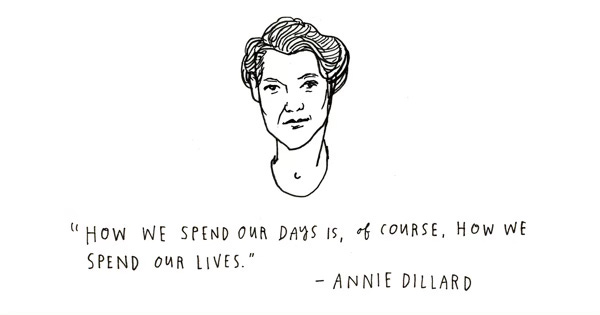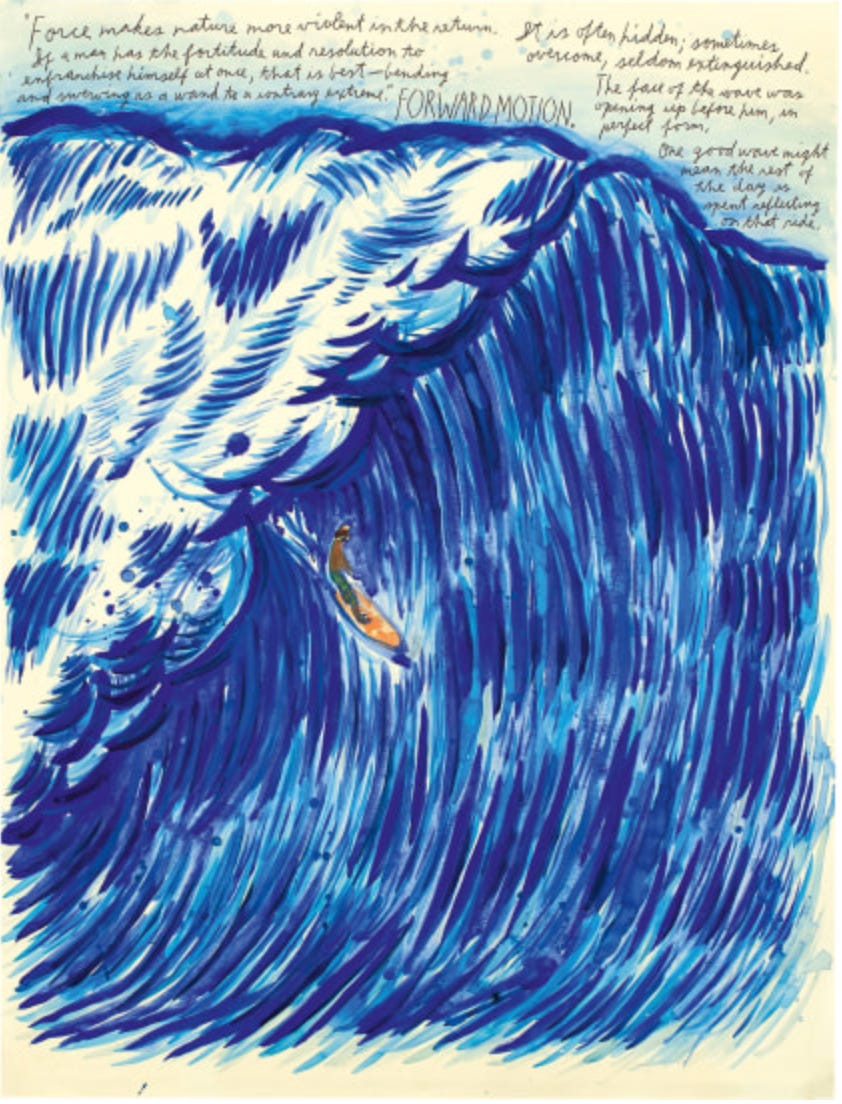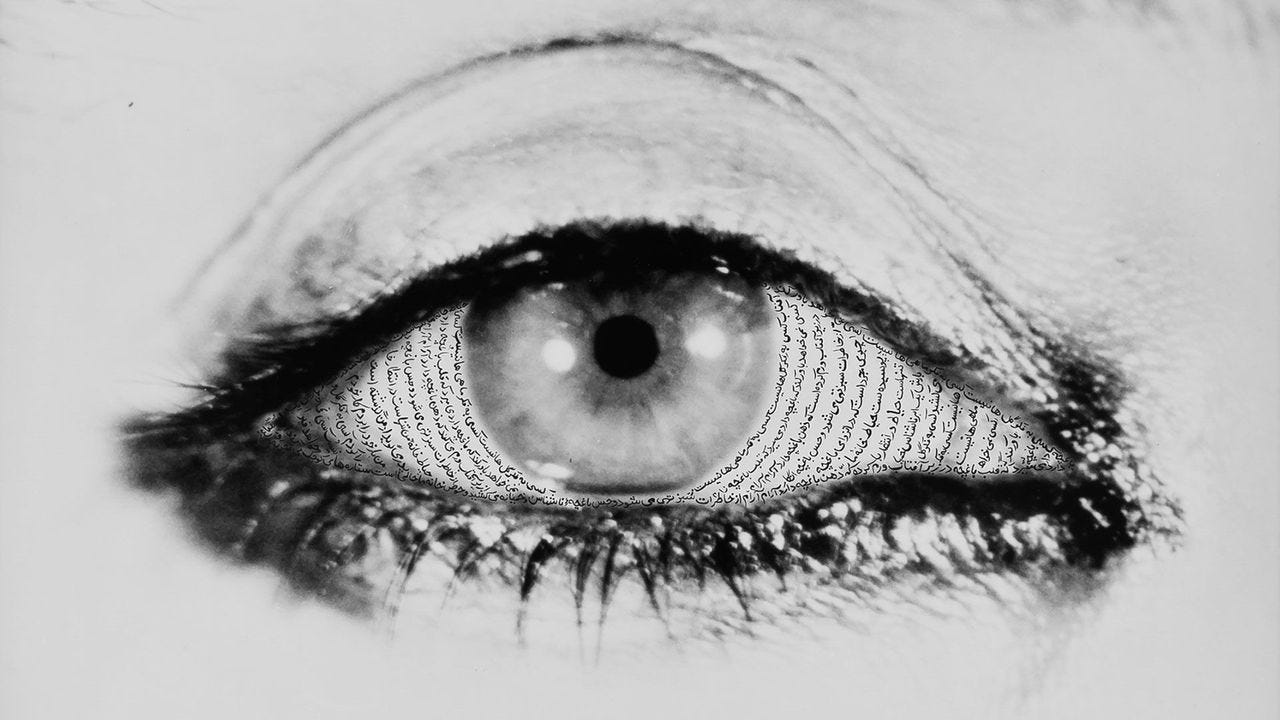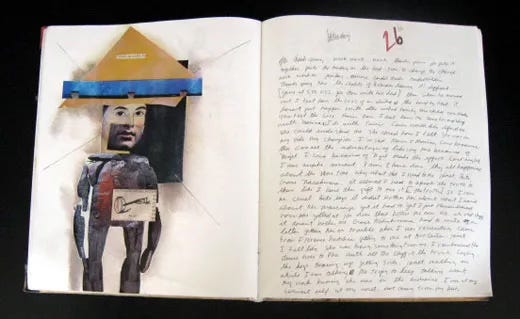Hello my creative, committed, and exceptionally good-looking GUT family,
Today is our last Sunday of the 30-Day Drawing Habit. I can’t believe how far we’ve come. Key word being “we”. Whether you’re sharing and supporting in the chat, via instagram, trading art with an accountability group or with friends IRL - or even if you’ve just been lurking - we are the reason we’re still going. Because we’ve done it TOGETHER.
For our last days of the 30-Day Drawing Habit, we’re doing some reflection, goal setting and celebrating. But first a couple fun, exciting, time-sensitive items:
Feedback, please!. No matter if you did one day, one week, or all 30 days of the GUT’s 30-Days of Drawing, I deeply appreciate you sharing your thoughts and feelings on this whole experience. Please take this short 3 minute survey on the GUT’s 30 Days of Drawing (aka The 30-Day Drawing Habit.) Your insights will help me: 1. improve future group drawing adventures like these, and 2. help further the research on how drawing like this (focus on process over outcome, supportive community, etc.) impacts our well-being. Thank you. CLICK HERE TO TAKE THE SURVEY.
Join me in Washington DC! I will be at the National Gallery of Art in Washington DC on Feb 29 and March 1 hosting a public drawing event and giving a talk and I’d love to see you there, GUT peeps. In conjunction with the National Gallery’’s exhibition on Dorothea Lange’s portraiture “Seeing People,” I’ll give little talk on Feb 29, then on March 1, I’ll host a DrawTogether Strangers drawing program inside the National Gallery. (If you aren’t familiar with the DrawTogether Strangers project, read about it here.) All ages welcome! If any DC-area GUT members are interested in meeting up IRL to hang and draw, let’s use this opportunity to kick it off. I’d love to see you there.
And with that, let’s get started on one of our last assignments of the GUT’s 30-Day Drawing Habit. (Sigh.)
Yesterday we made the most awesome 4-panel comics, journal style, and realized how full our days (and hearts) truly are. For many of us, that was our first time making a sequential comic. AS GUT member
pointed out, you are now prepared to draw a comic with any number of panels. (Yes, we will be doing 24 hour comics as a weekly GUT assignment. Stay tuned…) Now that you have so many tools in your art kit, I’m offering you the chance to go a little rogue. Free to be you and me! No rules in art! With constraints of course.Ways to keep drawing every day
After the 30-days wraps up, we will continue drawing as a group every week in the GUT. However, some of you may want to keep drawing every darn day. So I wanted to offer you a simple, freeform practice that offers a little structure and the opportunity to use all the amazing skills you’ve learned.
Today we explore a practice some of you expressed interest in doing and said you’re intimidated by. Today we’re doing a little Drawn Journaling.
Day 28. Drawn Journaling
What does drawn journaling even mean? It’s different for everyone. To me, drawn journaling is the practice of combining images and words (usually) that reflects on or documents something about your day/life (usually) that you make for yourself (usually.) It does not have to be about you, however. You could make an entry about a person you met that day. Or something happening elsewhere in the world. Or a fun fact you learned. Or the daily happenings of animals inside your home. Or the neighbor you helped out or who helped you. The stuff of a day = the stuff of a life. All that matters is that the words and images come from your hands, mind and heart.
This is what a lot of people call a “visual sketchbook practice.” And - spoiler alert - you’ve been doing it the whole time.
Gotcha. 😘
Let’s look at a few examples for inspiration. I’m only showing you one example of an artist who actually practices drawn journaling as an art form. The rest of the artists below incorporate text and drawing to tell a visual story that I hope encourage you to experiment and be BOLD with your own drawing and writing. I’m also going to include a couple links to books on drawn journaling at end. :)
Maira Kalman
Let’s start with the GUT’s first visiting artist, Maira Kalman. (We bow). She’s a huge inspiration for me and so many of us, in both life and art. This is the opening spread in her book Principles of Uncertainty.

Oof. Couldn’t love it more.
The visual stories in Principles of Uncertainty originally ran as a monthly series in the NYT magazine 17 years ago. Maira uses gouache painting and hand-lettered text to weave memoir, non-fiction, and her own love and curiosity together into a story that only Maira can make.
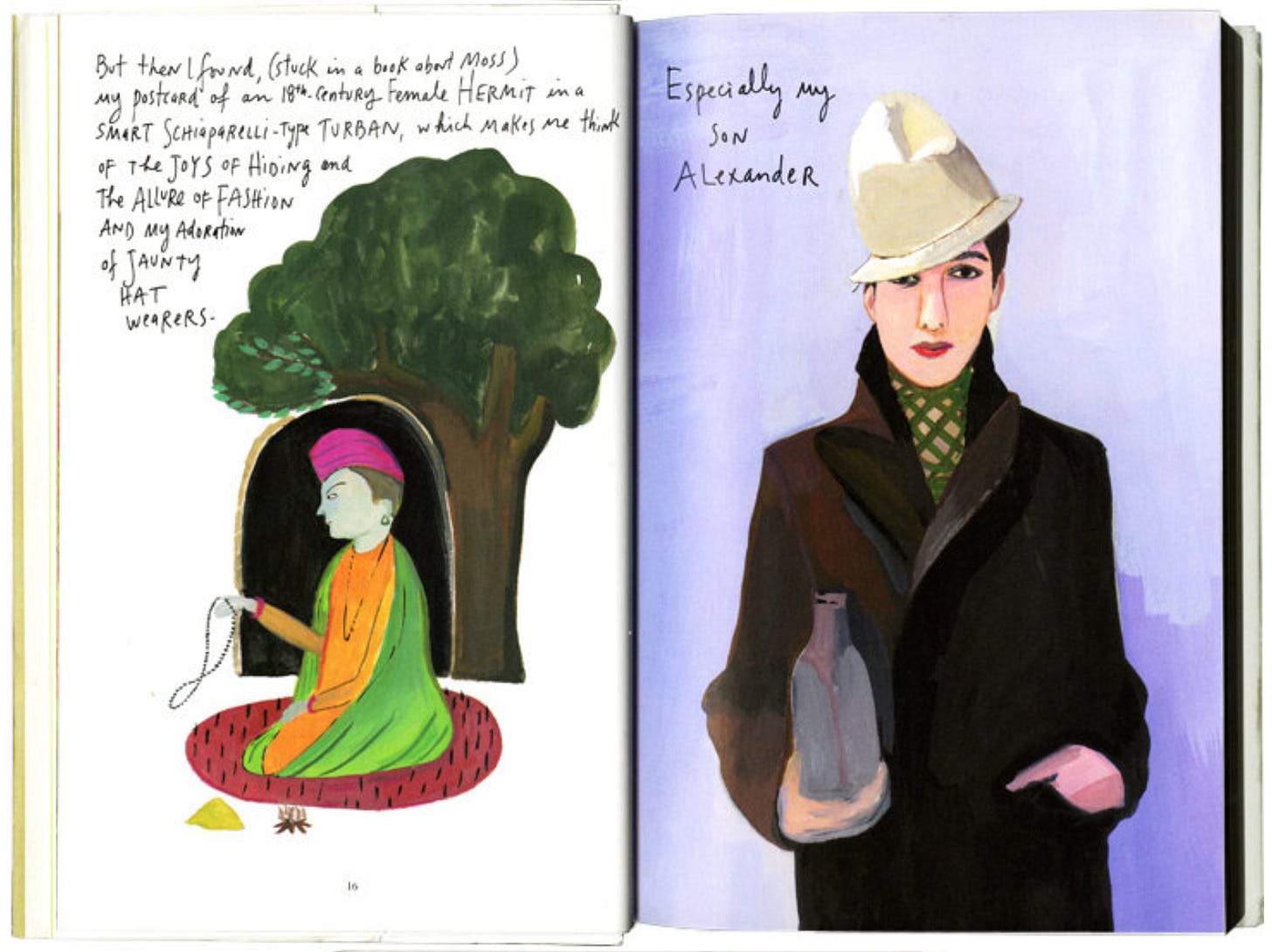
In Maira’s work, the text and image are often directly related - more typical of illustration. She weaves personal, political, historical and literary ideas together in her work. Even when she isn’t talking about herself, her take is so idiosyncratic it’s always a little autobiographical.
While Maira’s form is similar to artist Raymond Pettibon’s work, wow, they could dno’t be more different in their content.
Raymond Pettibon
Kind of like in our Random Single Word Stories, the text and image in Raymond’s ink drawings rarely directly relate. He leaves it up to the viewer to create the connection. But approach them with an open mind and imagination and the sum always ends up being greater than the two parts.
Raymond incorporates handwritten text into his drawing and paintings, almost always made on paper. Like Maira, the text is often politically or socially charged or in conversation with literature and criticism, but his tone is very different from Maira’s, and far more open ended.
Lauren Redness
Another artist and writer who uses image and text to tell a story is Lauren Redness. Lauren creates mostly book-length non-fiction stories that use text almost like concrete poetry. Her composition becomes part of the narrative, and it always informs a larger idea or feeling.
The following are images from her phenomenal book “Radioactive.”
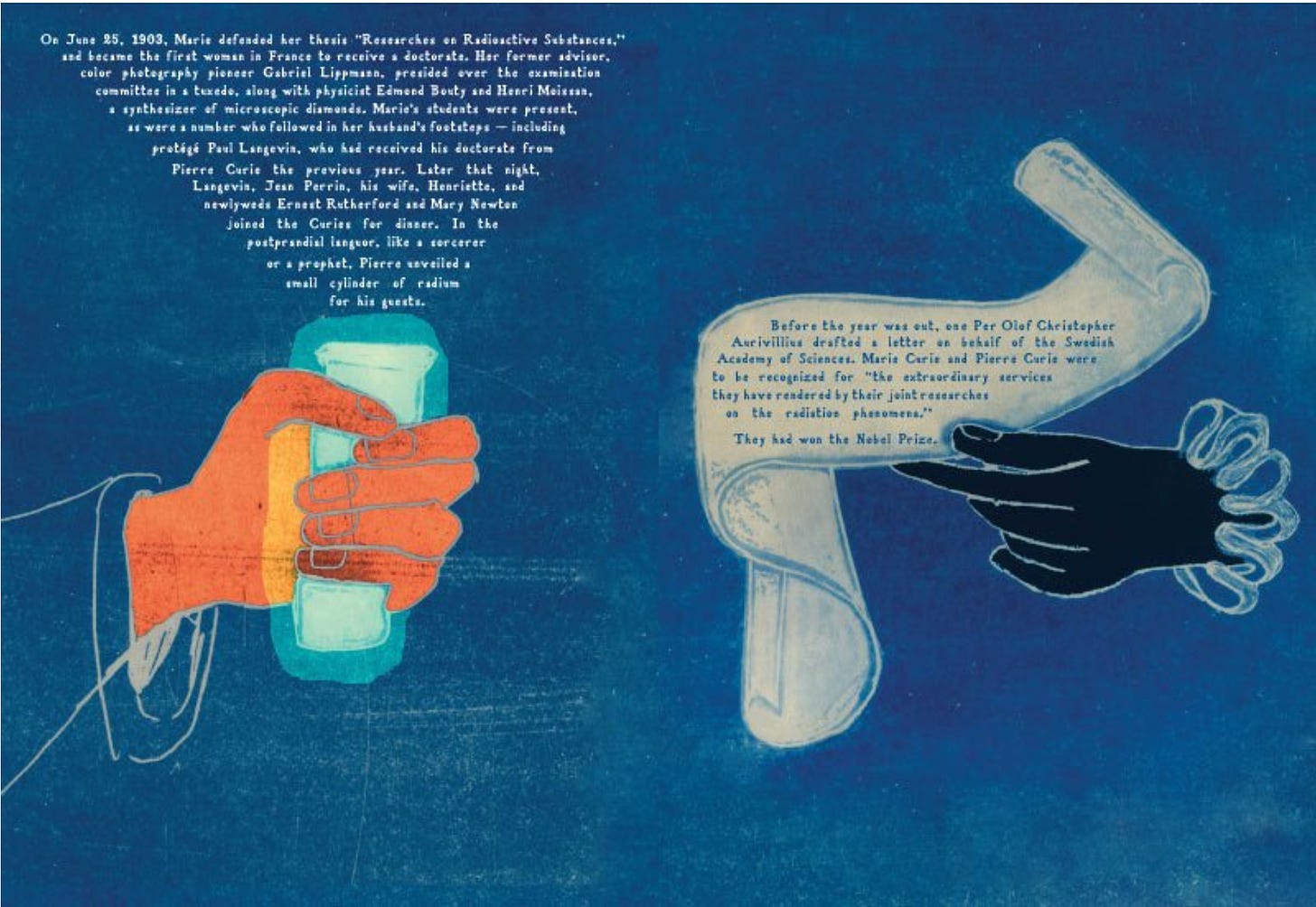
The book tells the story of Marie Curie, and was created using cyanotype, a printing process related to the development of x-rays and radioactivity, the subject of the book. Super clever, Ms. Redness.
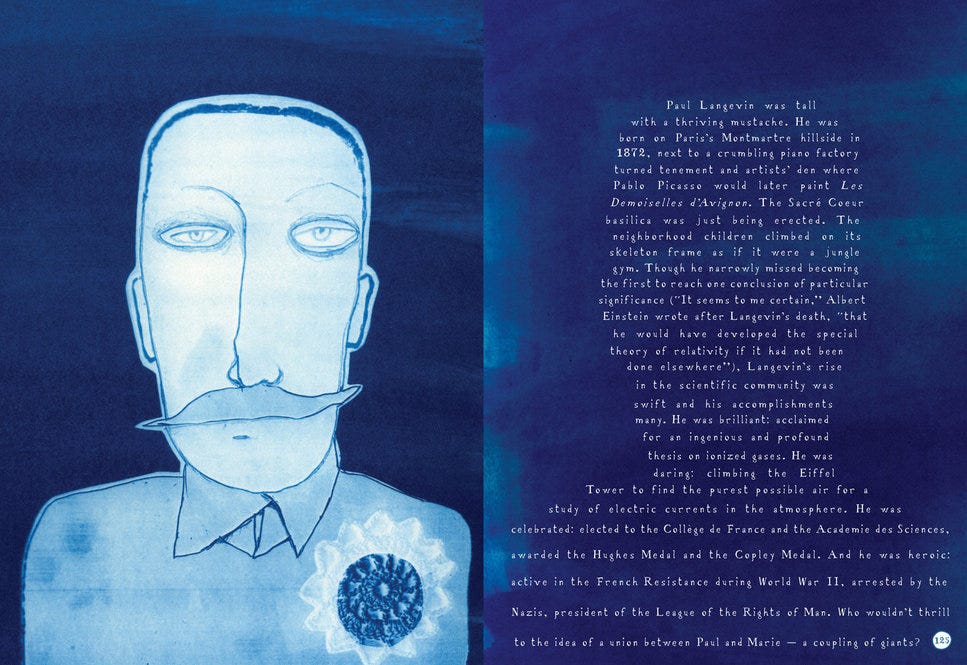
Shirin Neshat
Shirin Neshat is an Iranian artist who combines photography and Farsi calligraphy to comment on feminism, religion and violence. Neshat says, “Everything I’ve done is a celebration of the power of women. The Western world sometimes views Iranian women as victims, and while they’ve been continuously oppressed by religion and difficult political situations, they’ve always fought back. They’ve always broken rules.” By using text and image together in this powerful way, Neshat writes her own story, and plays by her own rules in the art world. A strong female gaze. <3
Janice Lowry
Finally, let’s look at the drawn journals of Janice Lowry.
Inspired by reading The Diary of Anne Frank when she was 11, Janice began keeping a journal and never stopped until she died in 2009. She was 63. She started using small blank books and later moved onto bigger journals, filling them with drawings, collage, and writing. Each notebook took her about 4 months to fill.
In an interview Lowry said, “There are certain themes that run through the journals consistently—health, motherhood, political things, being an artist, even fashion and television. Originally, I saw them as books for my sons, so they could see my progress through life. Now they're 126 chapters of a memoir."
The notebooks were eventually all acquired by the Smithsonian Institution’s Archives of American Art.
There is the whole world of books on drawn journaling and illustrated diaries. A couple of my faves include Draw Your Day from the wonderful
(who has a great substack you might be interested in!!, and Everyday Matters from Danny Gregory. All are great sparks to get you going on your own path of daily looking, drawing (and loving.)Alright, grab your supplies, and let’s do this.





